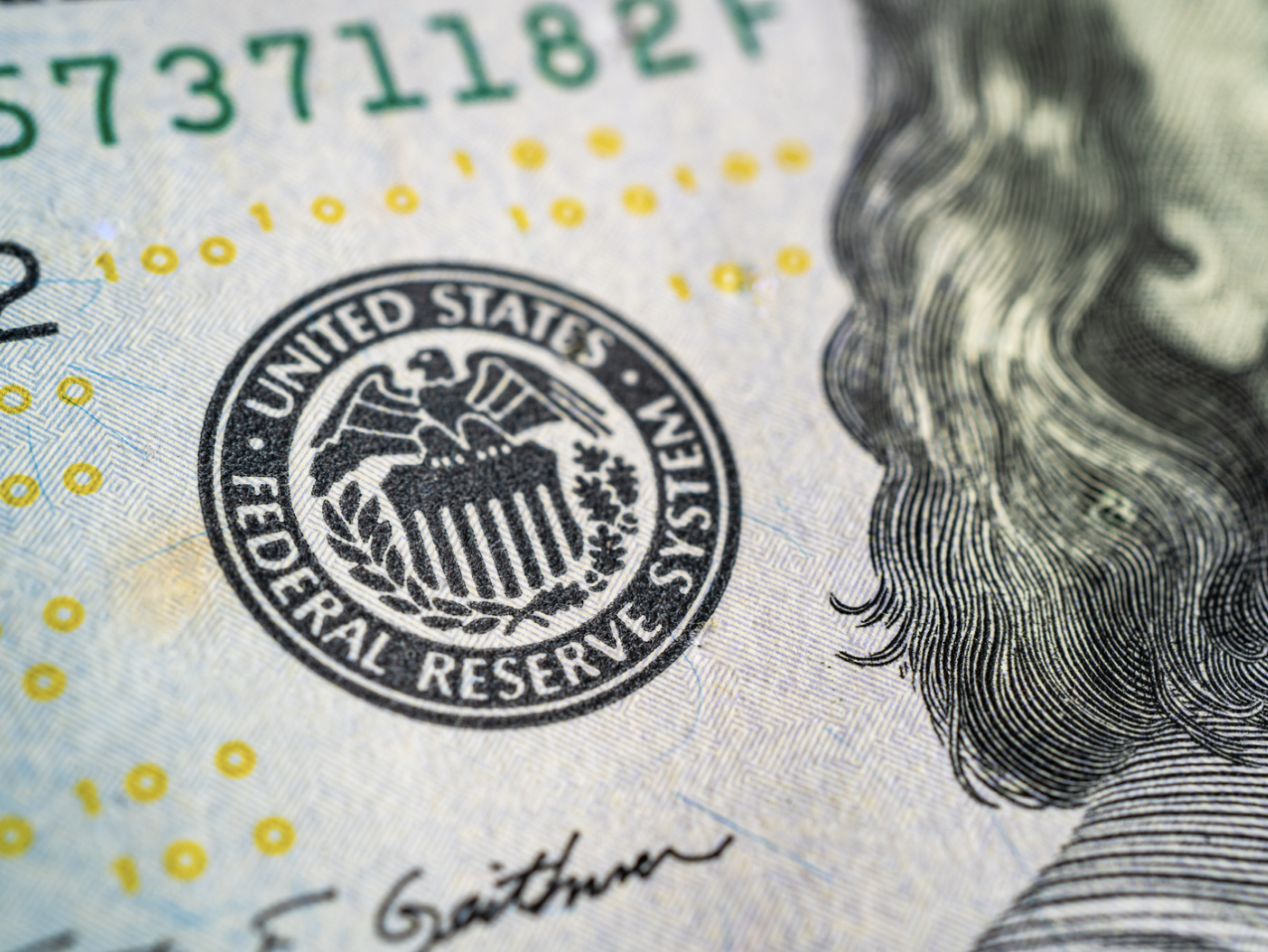Some of the world’s most risk-sensitive assets are showing signs of concern that the Federal Reserve’s decision to begin lowering interest rates may have been premature or unsustainable.
Since the Fed initiated its long-awaited rate-cutting cycle on September 18, reducing rates by 50 basis points—double the median forecast—emerging-market assets have been trading as though borrowing costs in the U.S. will remain elevated. This has left developing-world assets in a precarious position, with the potential for underperformance in the months ahead.
Despite the initial optimism following the Fed’s move, new risks have emerged, overshadowing the usual gains that Fed easing typically brings to emerging markets. These risks primarily stem from two key factors: the possibility of Donald Trump returning to the U.S. presidency and China’s inadequate economic stimulus measures. As a result, investors are positioning defensively, anticipating inflation in the U.S. and deflation in China.
While the Fed’s rate cut initially gave emerging markets a boost, that momentum was quickly interrupted by stronger-than-expected U.S. economic data, which revived inflation concerns. Additionally, comments from Republican presidential candidate Trump, who has made tariffs and protectionism central to his agenda, have further exacerbated worries. If implemented, Trump’s policies could drive up consumer prices in the U.S. and dampen demand for exports from the developing world, economists warn.
A Disappointing Turn
Hedge funds have ramped up positions betting on dollar gains against emerging-market currencies, adding to the pressure. Emerging-market stocks, which briefly rebounded after the Fed’s decision, are now heading back to record lows relative to U.S. equities. Local currencies and local-currency bonds are on track for their worst performance since February 2023. Segments of the dollar-bond market, particularly long-duration and investment-grade bonds, continue to lag behind.
Bond investors have seen returns stagnate since the Fed’s rate cut. Their expectations that emerging-market central banks would follow the Fed’s lead in cutting rates are being upended, as policymakers from Indonesia to Hungary and Turkey pause on rate cuts.
Since September 18, the average yield on emerging-market sovereign dollar bonds has increased by 9 basis points, while the rate on local-currency bonds has also risen by 9 basis points. However, the latter is underperforming in dollar returns due to currency declines.
Yield Curves Shaped by U.S. Data
Strong U.S. economic data have not only disrupted Fed policy expectations but have also reshaped emerging-market yield curves. Investors are now favoring short-duration bonds over long-duration ones, an unexpected shift in an environment where falling rates were previously anticipated. Bonds with a duration of more than 10 years have posted a loss of 3.6% since the Fed’s cut, while short-duration bonds (less than three years) have seen marginal gains.
As of last Friday, swap traders were scaling back their bets on further Fed cuts, with some predicting only a 25-basis-point reduction or no change in the next two meetings. Citigroup’s Akshay Singal, head of short-term interest-rate trading, told Bloomberg TV that the Fed may have been influenced by strong jobs data before its September meeting, suggesting the central bank might not have opted for a 50-basis-point cut otherwise.
China’s Economic Struggles Add to the Turbulence
For emerging-market stocks, the turbulence stemming from the U.S. economy and political landscape is only one part of the problem. China has experienced its highest volatility in nine years, as successive stimulus measures initially sparked an equity rally, but ultimately failed to convince investors that they could turn around the faltering economy.
Emerging-market equity benchmarks, with China holding the largest weighting, have gained around 13% this year, lagging behind the S&P 500, which has gained 23%. This has disappointed investors who expected the Chinese market to rebound following the Fed’s rate cuts, ending its seventh consecutive year of underperformance.
Investor Caution in the Face of Uncertainty
The challenges of the past month have forced investors to reassess their exposure to emerging markets, with many now avoiding broad-based EM bets they had previously recommended for the post-Fed era.
For now, the focus is on navigating the uncertainty surrounding the upcoming U.S. presidential election. With polls showing Trump in a tight race against Democratic rival Kamala Harris, a clearer outlook for emerging markets may have to wait. For some investors, including Gam’s McNamara, there remains one scenario in which Fed-cut trades in emerging markets could prove profitable.





